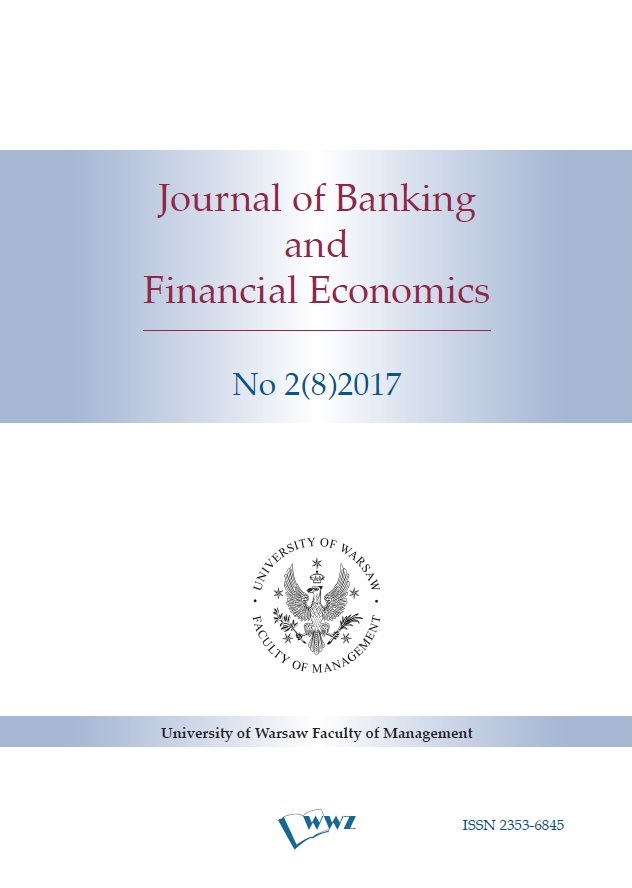The European system of financial supervision
– regulatory impact assessment
The European system of financial supervision
– regulatory impact assessment
Author(s): Mariusz Szpringer, Włodzimierz SzpringerSubject(s): National Economy, Supranational / Global Economy, Public Finances
Published by: Wydawnictwo Naukowe Wydziału Zarządzania Uniwersytetu Warszawskiego
Keywords: European banking union; European Central Bank; Single Supervisory Mechanism; Single Resolution Mechanism; European Stability Mechanism; Meroni; doctrine; regulatory impact assessment
Summary/Abstract: Complexity and uncertainty in the application of the regulations of the European system of financial supervision are due to the fact that its particular elements were implemented over a period of time. First, it was a system of European financial supervision authorities i.e. the European Banking Authority (EBA), the European Insurance and the Occupational Pensions Authority (EIOPA) and the European Securities and Markets Authority (ESMA), whose main objective was to coordinate national actions. Then there were established the European Banking Union, including the Single Supervisory Mechanism (SSM), the Single Resolution Mechanism (SRM), as well as the European Stability Mechanism (ESM), which constitutes also a part of the system of support for endangered banks. Legal interpretation problems are a result of differences in the scope of competences of these entities. For example, there is uncertainty whether the regulations refer to the eurozone or the whole European Union and if they refer to banks only or to other financial institutions as well. An analysis of the SSM, the SRM or the ESM does not always offer a clear answer to questions such as: who, when and using what tools should act; when, for example, the ECB may and should correct the decisions of national supervisors; what is the role of the ESRB, if we take account of the enhanced competences of the ECB in the banking union; if and when banks may question supervisory decisions concerning, for example, establishing a buffer or classifying an institution as SIFI, etc. Similarly, the role of the EBA or the ESM is unclear in the context of the establishment of the banking union, the SSM, the SRM, the ESM and the delegation of power of the ECB and the European Commission to regulatory agencies (Meroni doctrine) or the practice of establishing regulatory agencies outside the bounds of the treaty (Pringle doctrine). Therefore the regulatory landscape in this context requires impact assessment.
Journal: Journal of Banking and Financial Economics
- Issue Year: 8/2017
- Issue No: 2
- Page Range: 84-104
- Page Count: 21
- Language: English

